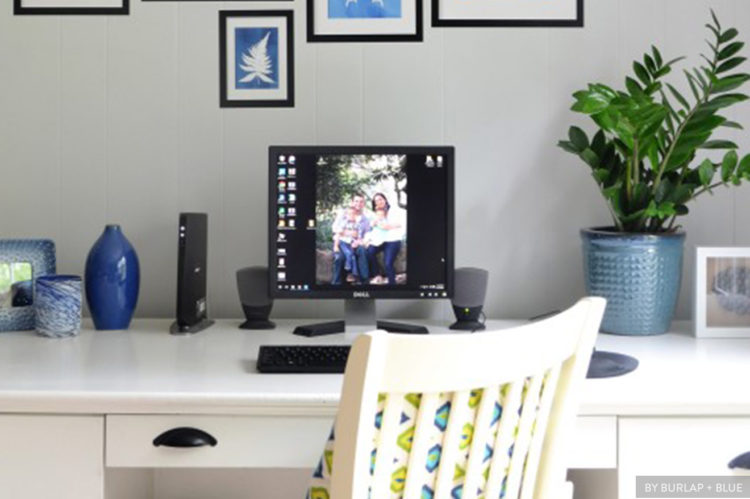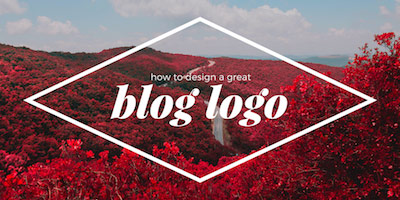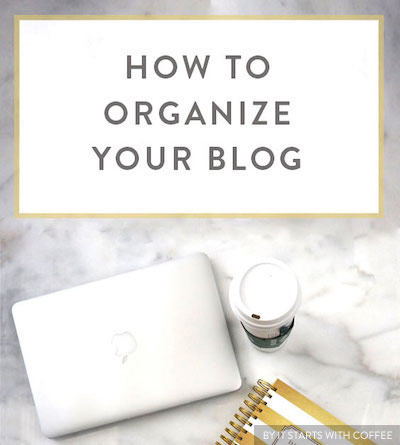In a world where first impressions last a lifetime, nowhere is this more evident than the Internet. This is especially true for influencers, as their blogs serve as a content hub and storefront – the place their audiences go to find engaging, helpful, or informative content about topics and products they care about. It’s no secret that a clean and easily navigated layout contributes to a successful blog or website. Not only does it give your audience the easiest access to your content, but it also shows brands that you are professional and image-aware – two traits they look for when working with influencers.
So what attributes make up an engaging blog? We’ve gathered advice inspired by two Linqia influencers who know what it takes to create an attractive and modern-looking website without shelling out hundreds of dollars or going to coding boot camp. A great blog is key to being a great blogger and successful Linqia influencer. Make sure your blog is optimized for traffic and engagement with these tips from fellow influencers.
How to Create A Great Blog Logo
Tips from: Big Foot Tribe
A great logo is crucial to making your blog memorable. Choose a branding color palette of three to five colors that you love which also reflects the type of content you create. If you plan on sharing kid’s crafts and or preschool related topics, then you will want fun, bright colors found in classrooms. If you stories about home decor and design, then choose colors you want or have in your home. If you’re not sure what colors to select, create a few palettes then ask around for opinions. Once you choose your palette, stick with it as it’s unwise to change your brand often.
After choosing your colors, you’re ready to create a logo. It may include an image, graphic, or just a specific font. You can create something on a free design program like Canva or hire a graphic designer. Ask around your Facebook groups or look for a designer on Fiverr, where you can view designers’ portfolios and their histories for gigs starting at $5. When you have a few logo designs you like, consult others for their feedback. Other bloggers can share what logos worked for them, and you’ll find people love to give their thoughts.
How to Organize Your Blog
Tips from: It Starts with Coffee
There are a handful of things that are included in all of the best blogs. Remember to include the information readers expect to find on blogs they love as well as the content brands need to see (or risk losing the chance for them to contact you for sponsorship opportunities). Make the following features are easy to find:
Social Media: If you want readers or brands to follow you, your social channels need to be accessible through clickable icons located “above the fold,” meaning the reader doesn’t need to scroll down to find them. It’s a good idea to place them at top and bottom of a blog so no one will miss them.
Contact Email: Your contact email address is a key feature of your blog, as this is how fans and brands reach out to you. If brands can’t quickly find your contact info, they will likely move on to another influencer. Like social buttons, it’s best to have your email in a few places. I have mine alongside my social media icons at the top, bottom, and side of my blog as well as on the “About” page. It’s also good to include it on the “Work with Me” or “PR” page, if you have them.
Old Blog Posts (aka Archives): For most blogs, these are usually located somewhere on your sidebar. A common practice is to ensure it’s in a neat and tidy setup, like a drop-down menu organized by date. This is a great way to get more traffic on older posts.
Email Signup: This is the place on your blog where people can sign up for your daily or weekly email newsletters. Again, it’s good to place the signup in a handful of places. For example, I have mine in a signup field under each blog post, on the sidebar, and at the very top of my blog.
About You: People identify with and follow brands run by like minded individuals or those with common interests. Similarly, brands need to know if you align with their program message or target audience. You don’t have to tell your entire life story but giving a name, general age, location, and a few interests is ideal. Put a face to your name with a photo of yourself that links to your “About” page.
Popular Categories: Because most blogs discuss a variety of topics, it’s important to categorize your content (ex: beauty, fashion, fitness, recipes, home decor, etc.). That way, if someone really loves beauty they can quickly sort by category to see your other beauty posts. Categories generate increased traffic and my readers give great feedback about them.
Search Bars: A search bar is important because someone may have read a post once but can’t remember the exact title so they need to search your blog for it. Also, a brand may search your blog to see if and when you talked about them or a competitor. Have a search bar at the top of your blog and in the sidebar, but set it up so when a reader scrolls, the search bar (along with social media icons and categories) scrolls with them.
A few more things to note:
- If you have courses or items for sales, those should be on a separate “Shop” or “Services” page.
- Make all of your images pinnable with a button that appears when a cursor hovers over them to encourage social sharing.
- Have a way to share your posts under each post. You want them to be easily shared on Facebook, Twitter, Pinterest, Google+, and StumbleUpon to name a few places.
If you’re not already aligned with these strategies, it might be a good time to make a few changes so you can take your web presence and brand partnerships to the next level.


